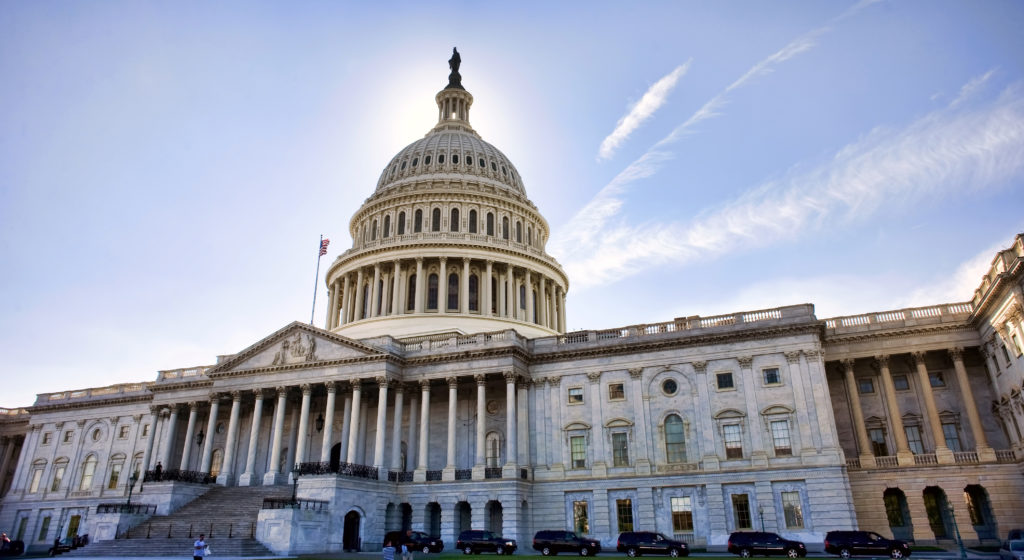
This month, the Federal Motor Carrier Safety Administration has announced its intent to study technologies and policies across the trucking industry in an effort to reward carriers exceeding safety guidelines. Regulators are currently seeking approval from the White House to begin this survey, in which they will choose a number of carrier operational managers overseeing companies that are going above and beyond safety requirements and that are boosting regulations regarding driver fitness.
2015’s FAST Act implemented a “Beyond Compliance program,” which works to recognize motor carriers surpassing safety regulations by giving them boosted scores within the Safety Measurement System, and is the inspiration for these surveys.
FMCSA originally released a notification in 2016 meant to meet the 18-month post-FAST Act congressional deadline, which consisted of program restructuring ideas. The agency published an additional request earlier this year, saying the primary notice was an effort to create public knowledge around the program itself.
The original notification urged for a widespread recognition mechanism for choosing to install innovative safety technology, including boosted driver fitness programs and improved safety-management tools for fleets, through the Compliance, Safety, and Accountability program.
“After a review of the comments received and conducting a small-scale study, it was determined additional information was needed to ascertain the best approach moving forward,” said an FMCSA official. “For that step, the agency is required to conduct an information collection request resulting in the additional Federal Register notices.”
In 2016, FMCSA stated that its Beyond Compliance program would let motor carriers sign up for the program once measures were initiated, even before enrollment was mandated. Now, the recent announcement requests survey-conducting permission from the Office of Management and Budget.
“The study does not attempt to conduct a full survey of the motor carrier population,” said FMCSA. “Instead, it relies on expert opinion from carriers that are objectively determined to exhibit safe operations that exceed industry averages as indicated by driver out-of-service rates, vehicle out-of-service rates, and crash rates. To identify these carriers, the study will utilize existing data from the Motor Carrier Management Information System database.”
FMCSA’s plan will require online surveys to be done by around 112 participating carrier operational managers and 113 non-participating managers. Through these answers, the agency believes it will be able to better understand just how influential modern safety technologies and programs have been for the highest-performing carriers.
“Only those carriers that perform near the top quartile across all three categories are potential participants,” said the agency. The categories being examined are those mentioned above: DOT-reportable crash rates, driver out-of-service rates at roadside inspections, and vehicle out-of-service rates at roadside inspections.
Those chosen will give their answers through an electronic survey platform, and results will later be studied to see which safety program and policy aspects are most prevalent among all participants.
“The resulting information would reveal the elements of safety programs that these motor carriers are using and their achieved results, and what these motor carriers believe to be the most effective for achieving safety and [what] should be included in a Beyond Compliance program,” said FMCSA.
American Trucking Associations has also shown its support regarding new manners of recognizing those in the trucking industry that often choose to implement safety-improving technology and programs. Additionally, the National Association of Small Trucking Companies and the Owner-Operator Independent Drivers Association are invited to take part in the survey by surveying their own manners for collection of secondary data.
“This would enable greater participation by smaller carriers and owner-operators, and would also enable a wider perspective of responses,” FMCSA explained.
All responses collected and analyzed will be part of the overall pilot study findings report, and the agency said analytical and descriptive analyzation methods will be part of the study. All results will be implemented into a formal report overseen by FMCSA itself.
The full report will also become available to the public via FMCSA’s website. The contents of the findings will be used in the final report the agency will need to send to Congress.




